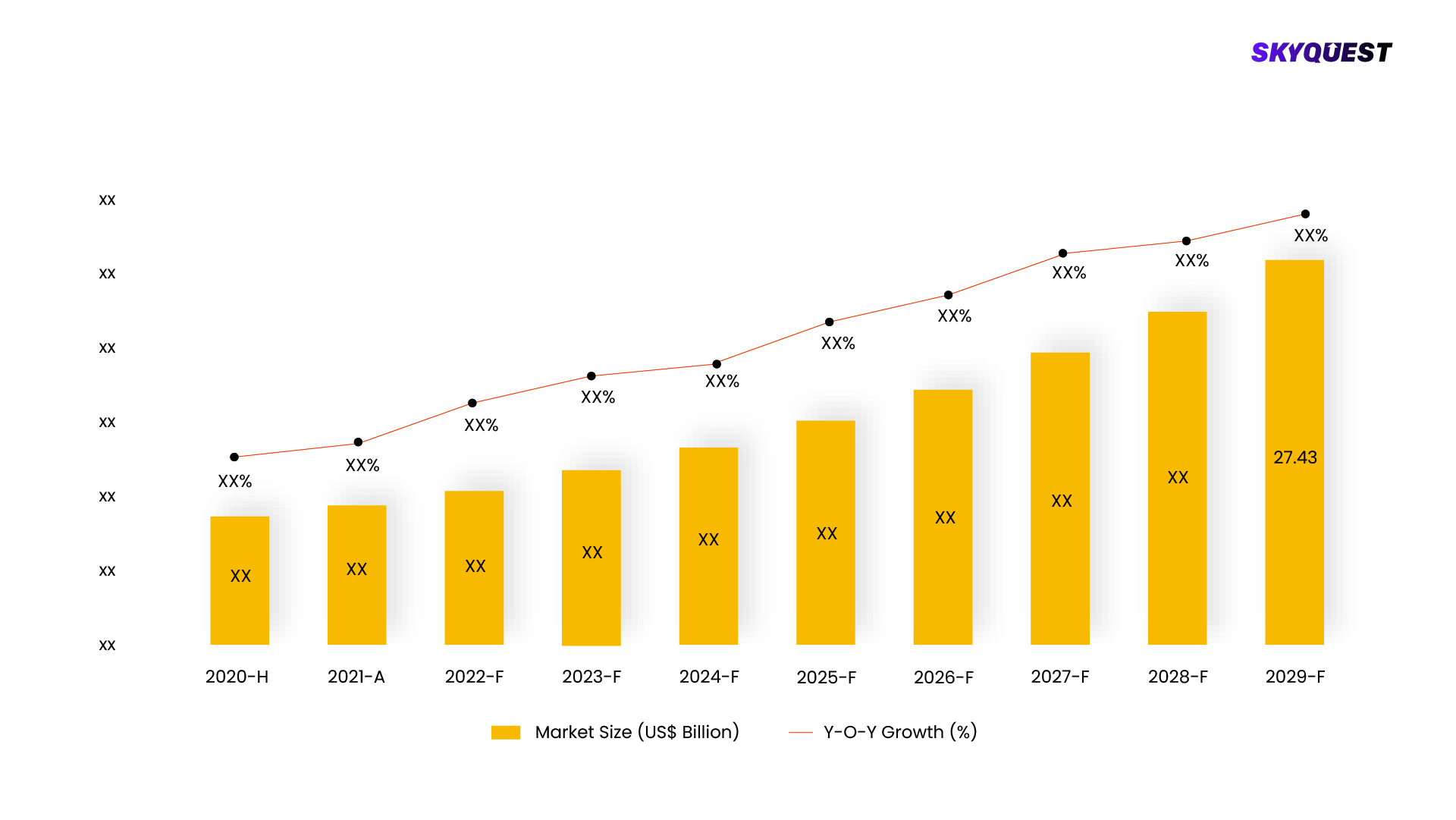
Product ID: UCMIG20B2001

Report ID:
UCMIG20B2001 |
Region:
Global |
Published Date: Upcoming |
Pages:
165
| Tables: 55 | Figures: 60
Roofing provides protection from the sun, rain, and other elements. Roofs in residential and commercial buildings, such as offices, hotels, and educational institutes, are made of bitumen, ceramic coated granules, clay, sand, fiberglass, concrete, and polycarbonate. The roofing market is being driven by advancements in the building industry, rising urbanization, and technological developments. Furthermore, technological advancements such as green roofing, environmentally friendly roofing materials, and roof inspection drones have raised the demand for roofing products. The need for bituminous roofing is predicted to rise in the next years as the number of non-residential projects in rising economies, such as hotels, schools, hospitals, and industrial buildings, increases. Because of the development of new roofing technologies, energy-efficient roofing systems are now accessible on the market. Green roofing, increased roof life and safety, enhanced air quality, and lower noise and air-conditioning costs are all contributing to the roofing market's growth. The use of sophisticated technology improves aesthetics, which is projected to help the roofing market grow in the future.

This report is being written to illustrate the market opportunity by region and by segments, indicating opportunity areas for the vendors to tap upon. To estimate the opportunity, it was very important to understand the current market scenario and the way it will grow in future.
Production and consumption patterns are being carefully compared to forecast the market. Other factors considered to forecast the market are the growth of the adjacent market, revenue growth of the key market vendors, scenario-based analysis, and market segment growth.
The market size was determined by estimating the market through a top-down and bottom-up approach, which was further validated with industry interviews. Considering the nature of the market we derived the Building Products by segment aggregation, the contribution of the Building Products in Capital Goods and vendor share.
To determine the growth of the market factors such as drivers, trends, restraints, and opportunities were identified, and the impact of these factors was analyzed to determine the market growth. To understand the market growth in detail, we have analyzed the year-on-year growth of the market. Also, historic growth rates were compared to determine growth patterns.
Our industry expert will work with you to provide you with customized data in a short amount of time.
REQUEST FREE CUSTOMIZATIONWant to customize this report? This report can be personalized according to your needs. Our analysts and industry experts will work directly with you to understand your requirements and provide you with customized data in a short amount of time. We offer $1000 worth of FREE customization at the time of purchase.

Product ID: UCMIG20B2001